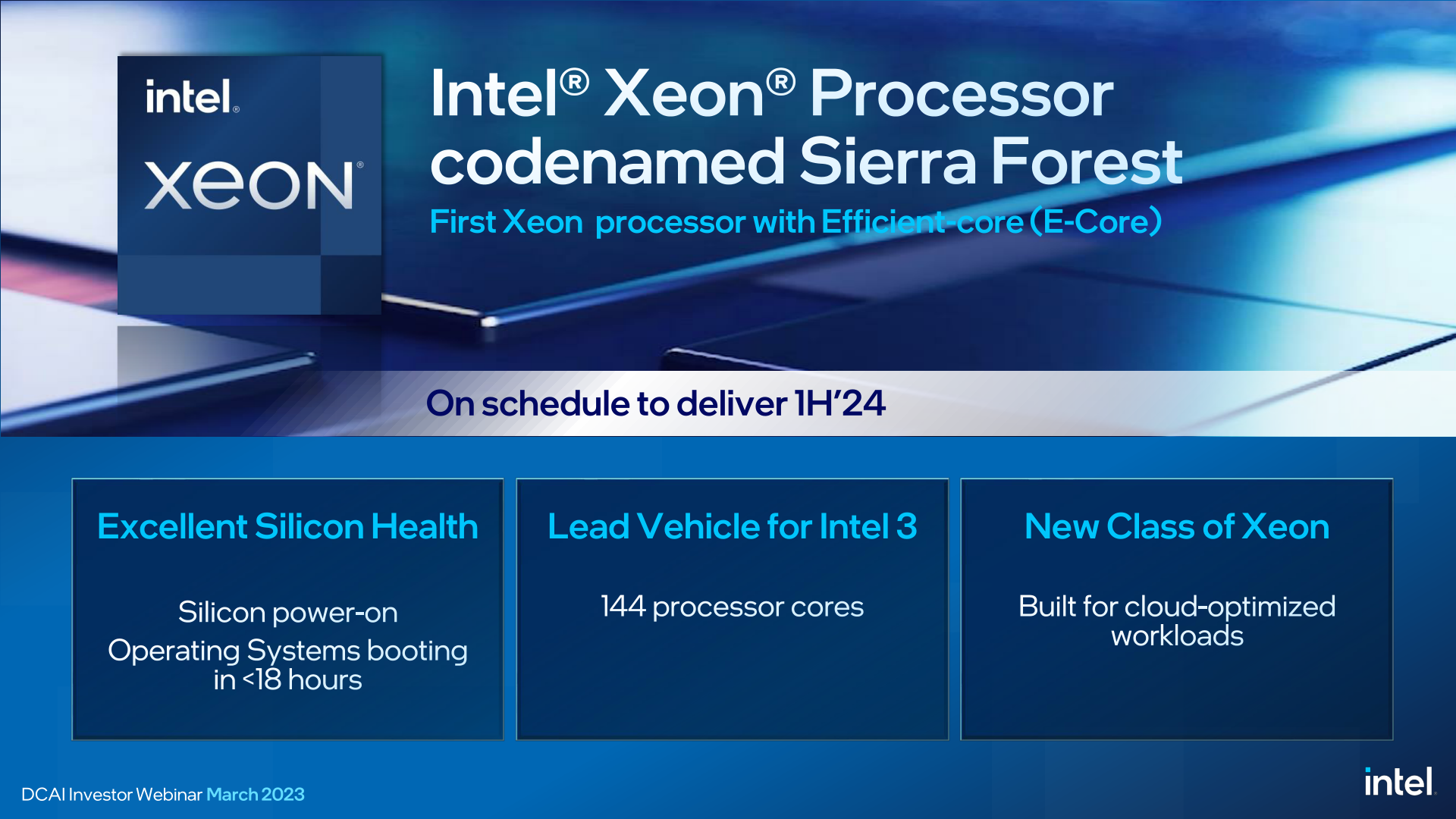Excuse my ignorance, I'm not up on data center systems.
What type of company would use these top-of-the line Xeon/AMD 50+ core parts and for what type of computing load?
I will have a shot at this, from personal experience. I supported an application that was Nationwide (US) that supported thousands of users. It was an Oracle database with (from 2002-2016) hundreds of terrabytes of data, and required servers that cost in the MILLIONS of dollars. Our first upgrade was in 2004, and it cost $4.6 million just for the server. These were "partitioned" into multiple logical servers to do "regions" independently for performance reasons.
Another example. Anandtech forums. They were run on an x86 platform, and the first upgrade was to AMD Operons somewhere around 2001-2003. No idea if the database goes back that far, but Anand was still running the show then. And I don't remember the hardware, but is was a LOT of cores, and a LOT of disk space/.
NOW you have the "cloud". Cloud providers take large servers with lots of cores, and make virtual machines of whatever size people want. I am not as expert in this area, so maybe others will comment.








